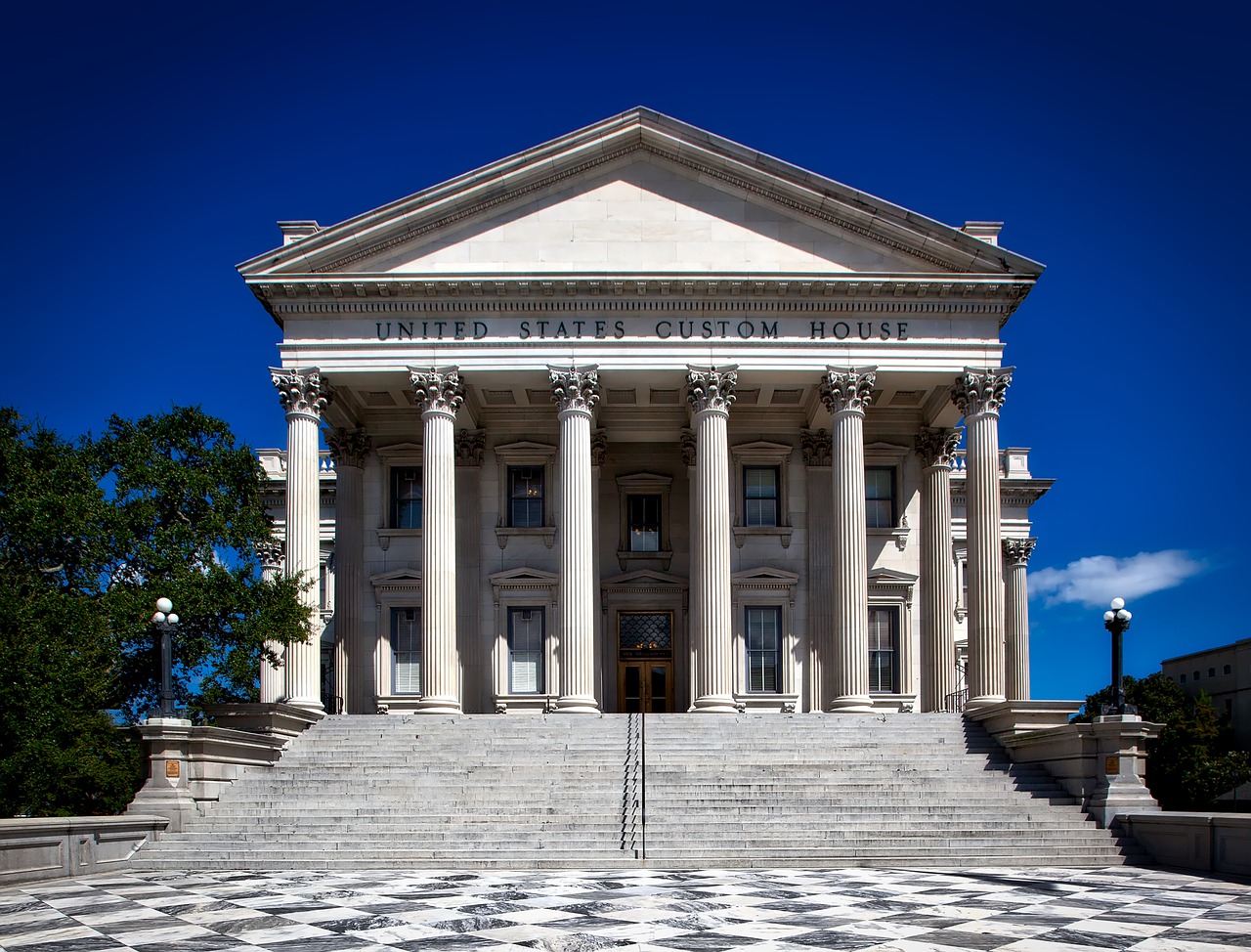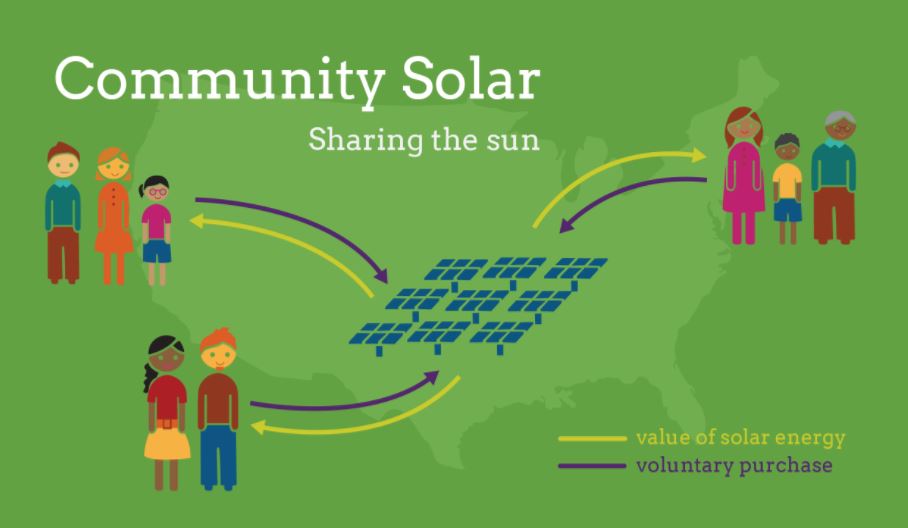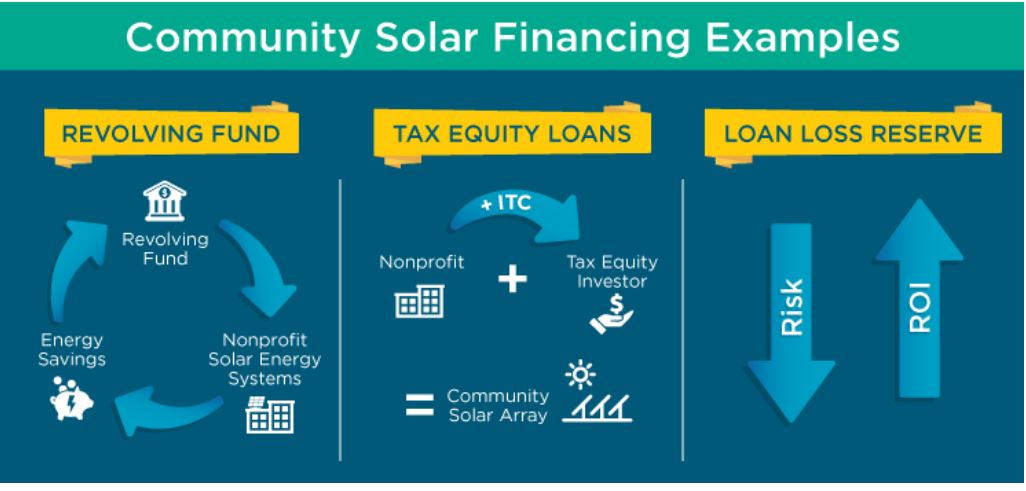By Frank Andorka, Senior Correspondent

Atlantic City, New Jersey, might be able to expand its use of solar now that two new bills have been signed into law by Governor Phil Murphy.
It took longer than many observers expected, but New Jersey Governor Phil Murphy signed into law bills that will boost clean energy production in his state, with solar playing a central role in this growth.
Murphy also issued Executive Order No. 28, which formally recognized climate change as a threat to the state and has established a multi-departmental committee to establish a 2019 Energy Master Plan. The mandate specifically cites improving both wind and solar development as one of the key goals of the Master Plan moving forward.
The governor had run on an aggressive platform of boosting clean energy production in the state.
“We’re gratified to see Governor Murphy fulfill his campaign promises to support and expand clean energy in the state, especially solar,” said Jesse Grossman, CEO of N.J.-based Soltage. “We look forward to playing our part in building new solar infrastructure with these new guidelines in place and expand New Jersey’s role as one of the leading solar states in the country.”
Two major provisions of the Assembly Bill (A) 3723 – also known as the Renewable Energy Bill – dealt with solar specifically, along with the general decision to increase the renewable energy standard (RES) to 50% by 2030, while capping costs to provide protections for consumers. The two solar-only provisions include the establishment of a community solar program and a reform to the state’s important but flawed Solar Renewable Energy Certificate (SREC) program to allow for the installation of more rooftop solar in the state.
“Today, we’re taking another step forward in rebuilding New Jersey’s reputation as a leader in the development of clean energy sources while fulfilling a critical promise to foster our state’s energy future,” said Governor Phil Murphy. “Signing these measures represents a down payment to the people of New Jersey on the clean energy agenda I set forth at the beginning of my administration – a plan that will always consider the best interests of our residents and our environment while growing our economy.”
The bill also codifies Murphy’s pledge to achieving 600 MW of energy storage by 2021 and 2,000 MW by 2030.
Finally, Gov. Phil Murphy underlined the economic benefits of clean energy by announcing Atlantic City Electric’s (ACE) $6.5 million Workforce Development initiative, which will provide funds to expand clean energy job training and workforce development efforts to help improve employment in ACE’s Southern New Jersey service area. These programs will include Get Into Energy Math Test and Boot Camp; Women in Sustainable Employment (WISE)-Pathway; ACE Line School; High School Energy Career Academy, and County Driven Initiatives.
3723_I1EO-28




